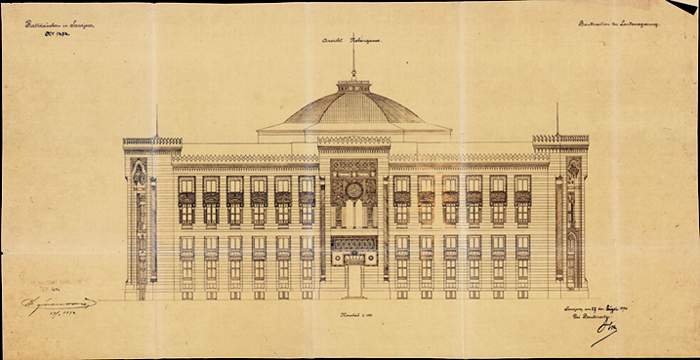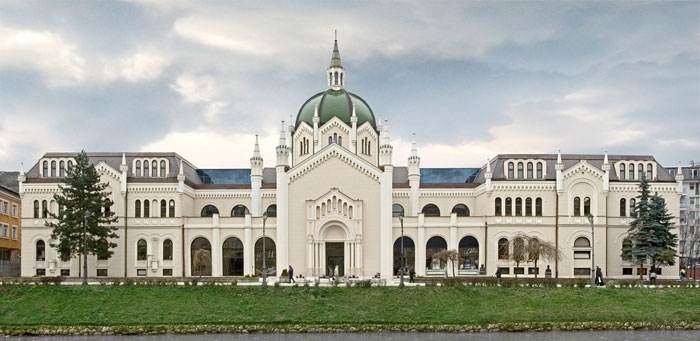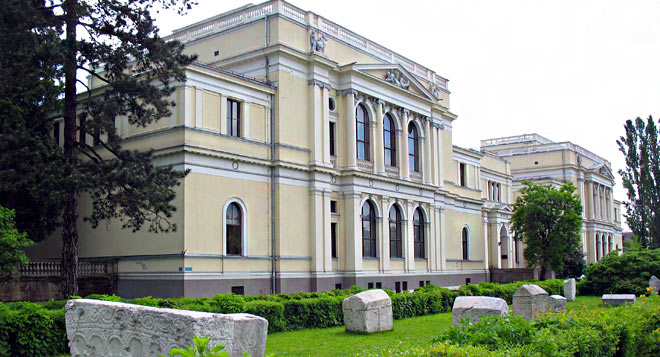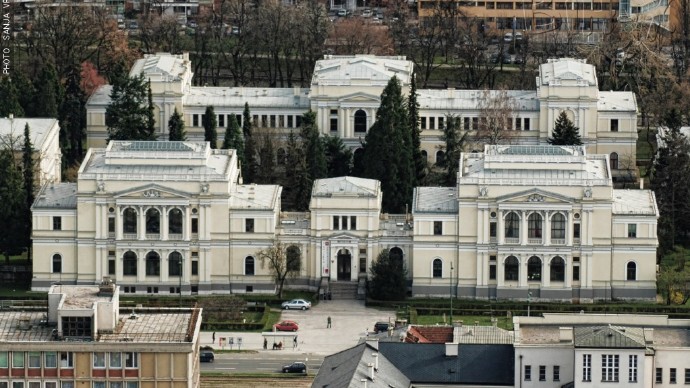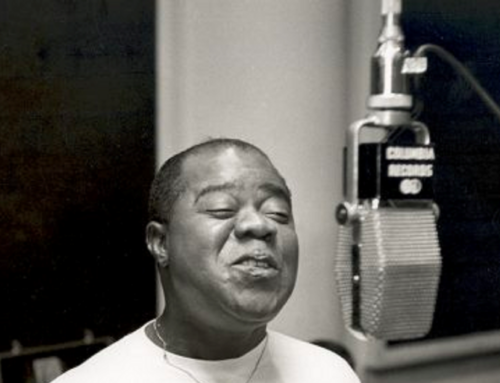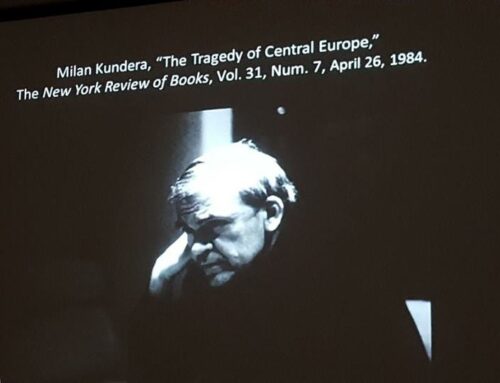Being a part of both Ottoman and Austria-Hungarian empires certainly diversified Sarajevo’s architecture. Despite some of the constructions being torn in the 1990s war, the architectural development from the mentioned periods can still be observed in the old neighbourhoods of the city. Thanks to the post-war restorations and preservation of this kind of historical heritage, today Sarajevo represents a unique combination of the Ottoman and Austria-Hungarian architecture.
The Ottoman rule brought fast urban development and Orientalist style to Bosnia and Herzegovina. The city of Sarajevo was founded by the Ottoman Empire in late 15th century with mosques, inns, bazaars, tekkes, and bridges being build in the period of their rule. Vast majority of the constructions was built in classical Ottoman style, including domed buildings (primarily mosques) which were spacious and built on stone (Crnčalo, 2018). Arguably the most important architectural monument built in such Ottoman style is the Gazi Husrev Bey’s Mosque in Baščarčija. It was named after Ottoman governor of Bosnia, Gazi Husrev Bey who hired Acem Esir Ali, presumed architect of the mosque. The spacious character of Ottoman constructions allowed this religious site to include the courtyard, burial ground, fountain, madrasa, public kitchen, clock tower, and two mausoleums. The traditional Ottoman domes also adorn this complex, with five domes being located at its entrance (Dervišević, 2020).
Additionally, Emperor’s Mosque, Ali-pasha’s Mosque, and Ferhadija Mosque were all build during Ottoman rule in similar domed styles. Taking into consideration religious practices necessary for daily prayers, fountains and sebils were increasingly included into harems of the mosques of Sarajevo (Crnčalo, 2018). Another great legacy of the Ottomans is the Baščaršija neighbourhood, constructed in traditional Ottoman style with narrow corridors and dark wooden buildings. It represented a main market place that includes numerous stores, inns, madrasa, library and etc. The neighbourhood was affected by an earthquake and several fires throughout history, making it twice smaller than originally built (Baščaršija.info, n.d.).
Sarajevo bridges are yet another notable architectural contribution of the Ottoman Empire. Emperor’s Bridge was built in 1510, following numerous demolitions of the wooden construction that stood in its place prior to Gazi Husrev Bey request to build stone bridge. Stone bridge was also twice destroyed by floods until the concrete one was built during the Habsburg rule, which still stands today (Sarajevo.co.ba, n.d. ). Latin bridge is another example of Ottoman built, considered today as one of the oldest bridges in Sarajevo. The wooden construction was built in 1514 and was replaced by stone 24 years later, followed by several reparations necessary after the flood damage (Sarajevo.co.ba, n.d.). Archduke Franz Ferdinand was assassinated near this bridge in 1914 which is taken as the beginning of the First World War.
Austria-Hungarian occupation of Bosnia and Herzegovina was significantly influential to its architecture. This period witnessed dominance of historicism and eclecticism in the country, especially in Sarajevo as its capital. Religious buildings were built in neo-Romanesque, neo-Gothic, neo-renaissance and neo-baroque styles (Pašić, n.d.). One of the most notable examples of this eclectic combination is the Evangelical Church, built by Filip Balif and Karlo Paržik. Majority of the Evangelicals left Sarajevo after the First World War and the Church has been renovated few decades later into education institution for what is today Academy of Fine Arts (Destination Sarajevo, n.d.). Administrative, cultural, and educational institutions were primarily designed in neo-renaissance style, including building of the regional government and the railway administration building. National Museum of Bosnia and Herzegovina was designed in neo-renaissance style with classicist elements. It has the botanical garden and the four pavilions surrounding it which is characteristic for the mentioned architectural technique (Pašić, n.d.).
Pseudo-Moorish architecture was also prominent during the Austria-Hungarian period. Multinational character of the country’s population and its location where “East meets the West” prompted a revival of the Moorish style. The most notable example of this approach is the Sarajevo City Hall (Vijećnica), built by Aleksandar Vitek and Ćiril Iveković. The colossal proportions, precise decorative details, and muqarnas elements adorn the rebuilt City Hall (Pašić, n.d.), after its destruction in the previous war, when around 2 million books were burned. The arches on the porch are also typical for Moorish technique, resembling similar designed which can be found in Spain (Memić, 2017).
Another architectural style that was notable in the period of transition from 19th to 20th century is Art Nouveau style. It was characterised by the decorative ceramic tiles on the facades, wavy lines, and triple windows. Archaic-oriental elements of the Art Nouveau style can be observed in the building of the Main Post Office, Bank near Drvenija bridge, and Salom Mansion (Pašić, n.d.). The separate approach to architectural design was a Bosnian style, championed by Josip Pospošil. The Czech architect advocated for the restoration of the indigenous Bosnian heritage in architecture and fought for its protection (Idem). One of the Sarajevo’s most famous tourist attractions, Sebilj in Baščaršija, belongs to this style. The Orientalist-infused architecture was present in Bosnia and Herzegovina also in 20th century. The Islamic architectural elements can be observed in the building of Hotel Central with the dome and double windows, as well as the muqarnas elements (Pašić, n.d.). Austria-Hungarian rule was also responsible for building of Sarajevo Brewery, Church of St. Anthony, Ashkenazi Synagogue, National Theatre, and the Palace of Justice (today’s Faculty of Law), increasing the size of Sarajevo by 500% (Visit Sarajevo, n.d.).
References:
Baščaršija.info. (n.d.). History and tradition of Baščaršija. Retrieved from https://bascarsija.info/en/bascarsija
Crnčalo, A. (2018, April 08). Osmanska arhitektura u srcu Sarajeva: Sarajevske potkupolne džamije. Retrieved from AKOS: https://akos.ba/osmanska-arhitektura-u-srcu-sarajeva-sarajevske-potkupolne-dzamije/
Dervišević, H. (2020, December 12). Ottoman Masterpiece in Sarajevo. Retrieved from Islamic Arts Magazine: http://islamicartsmagazine.com/magazine/view/the_ottoman_masterpiece_in_sarajevo/
Destination Sarajevo. (n.d.). The Academy of Fine Arts. Retrieved from https://sarajevo.travel/en/things-to-do/the-academy-of-fine-arts/182
Memić, N. (2017, July 17). Arhitektura evropskog islama. Retrieved from Deutsche Welle: https://www.dw.com/bs/arhitektura-evropskog-islama/a-39693186
Pašić, A. (n.d.). Austrougarski period (1878-1918). Arhitektura Bosne i Hercegovine.
Sarajevo.co.ba. (n.d. ). Careva Ćuprija. Retrieved from http://sarajevo.co.ba/znamenitosti/careva-cuprija/
Sarajevo.co.ba. (n.d.). Latinska Ćuprija. Retrieved from http://sarajevo.co.ba/znamenitosti/latinska-cuprija-principov-most/
Visit Sarajevo. (n.d.). Sarajevo in Austro-Hungarian Empire. Retrieved from https://www.visitsarajevo.ba/sarajevo-in-austro-hungarian-empire/

